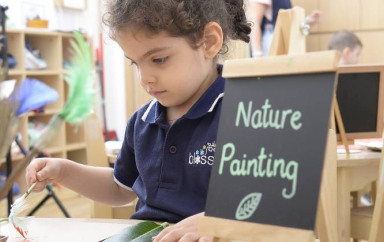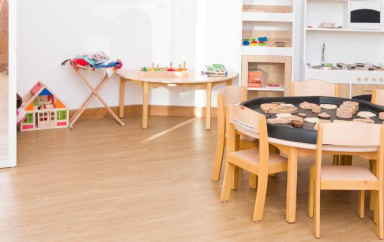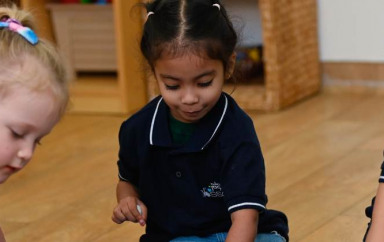Nurturing Excellence: The Blossom Nursery Sets the Standard for Premium Early Years Education in the UAE
A Beacon of Excellence in Nursery Education in the United Arab Emirates In Dubai, and the other cities and Emirates making up the United Arab Emirates (UAE), The Blossom Nursery stands out as a
Read Article









